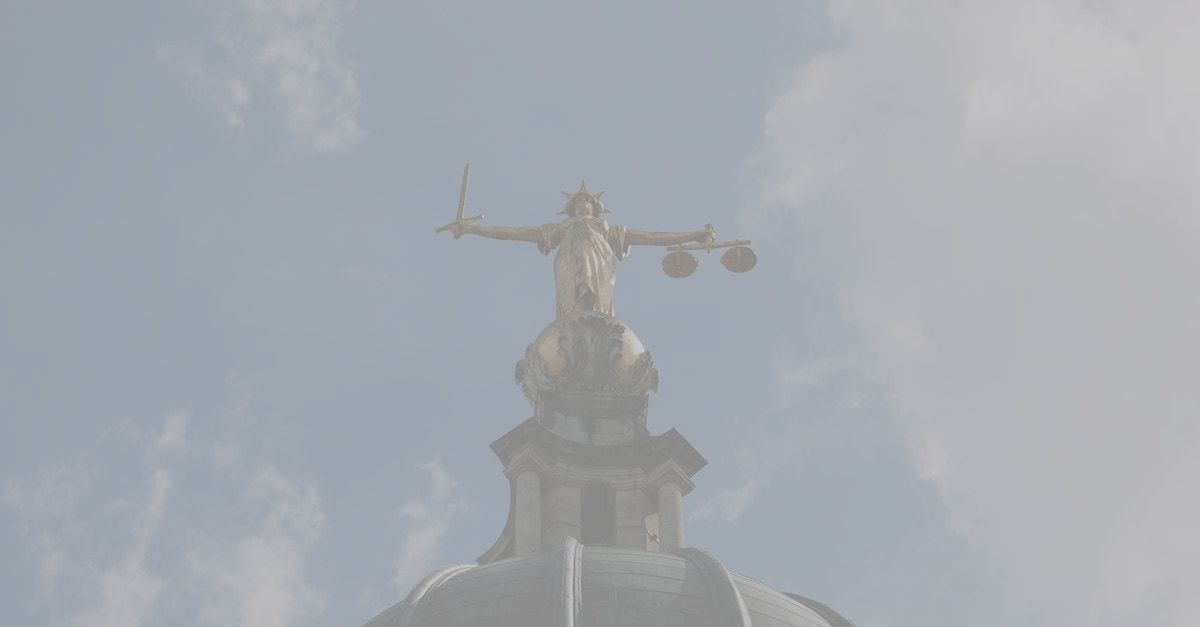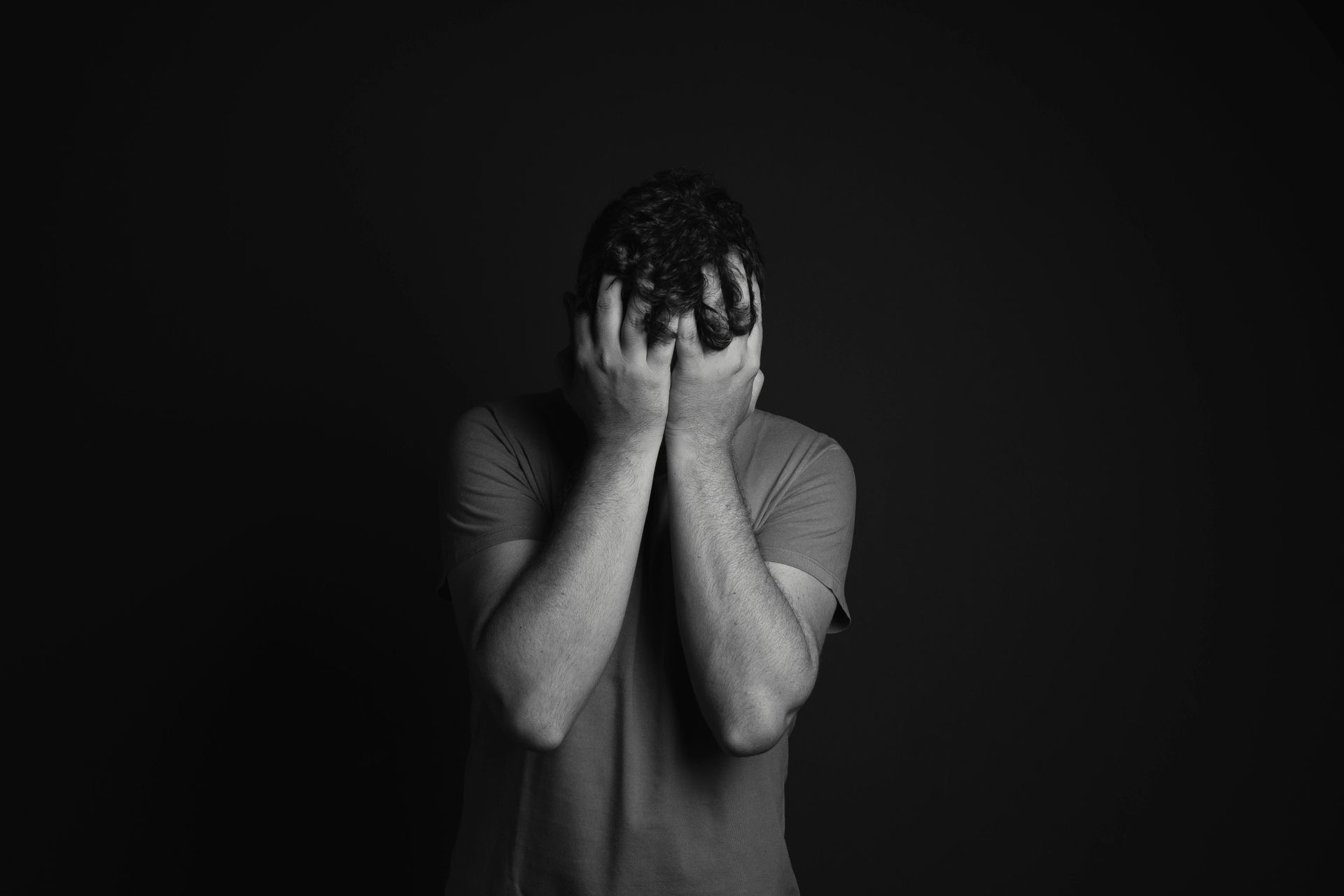Sexual Offences and Social Media: Connection and Risks
Data from the Home Office has indicated, there were 38,685 recorded incidents of image based sexual abuse (IBSA) in England and Wales in the past year, averaging over 100 offences per day, predominately targeted at children.
To be able to understand the severity of this epidemic, it is crucial to digest the sheer scale of social media and its influence. Social media is no stranger to society with its presence dating back to the early 2000s, since then usage has only been on the rise. As of January 2024, approximately 56.2 million people in the United Kingdom were active social media users.
The impact of such manifest’s day to day, with a surge of self-proclaimed influencers, videos designed to make users laugh, images of puppies, monuments, beaches and many more. You name it and you can find it. Social media has opened the gates for communication like never before, but what happens when things go wrong?
With all the joy social media holds it can be quite easy to overlook the darker side of innocence, desensitization of sexualised content provides a ‘green light’ to the access of indecent imagery and videography, impacting the criminal justice system immensely. We are finding that more and more people are accidentally accessing images, videos and Child sex abuse material without ever searching for that type of content.

Adults and Social Media
Over time many adults have been subject to allegations of viewing and downloading child sex abuse materials flagged by social media platforms. Most often, the public are unaware that social media platforms such as Snapchat, Mega NZ, Instagram and Facebook hold an internal management system whereby any access to explicit content is highlighted and used by the police as ‘intelligence’, even in circumstances where adults accidentally come across such content.
Accidental viewing of Child sex abuse materials takes place, often in situations where people may innocently click on a link unaware of its contents or an advertisement of what on the surface seems to be featuring another consenting adult, turn out to be a child under the age of 18.
This demonstrates the incapability's of social media platforms regarding prevention of allowing indecent material of children to be found on the internet and its failure to protect vulnerable people from hoping down the ‘rabbit hole’ of content. Have you ever found yourself searching for what is deemed as normal, such as a movie or humorous videos, only to be shown multiple pop ups of content which you did not ask for?
One miss-click in the attempts of removing the content can ultimately lead to accessing illegal material. Showcasing how easily innocent individuals, who would never dream of accessing this type of content, can be pulled into the justice system destroying lives, families and careers.
To tackle systematic issues like this, the implementation of the Online Safety Act 2023 requires amending to provide greater responsibility onto social media platforms to prevent the indecent imagery ever coming to the surface in the first place. The Act only really introduced four new sexual offences regarding non-consensual sharing of intimate images online, criminalising the innocent viewer, rather than placing the burden on the platforms to put a stop to the uploading of Child sex abuse materials.
Youths
Regarding youth offenders within the realm of sexual offences, it has become increasingly apparent that young people are at the forefront of allegations; offenders between 10–17-year-olds account for half of all police reported child sexual abuse crimes in 2024, in conjunction with approximately three quarters of offending occurring outside of the family environment.
With a concerning uprising in youths having access to explicit content online, social media provides a platform for sexual victimisation and the accumulation of indecent images, becoming a playground for image based sexual abuse (IBSA). There is an evidential lack of education for youths on the dangers of online content, making society susceptible to an epidemic of minors committing sexual offences against other minors.
Many young people are exposed to explicit content that featuring other youths. This can emerge without them understanding the risks associated leading to serious consequences. When youths come across these types of images or videos, it can distort their understanding of what healthy relationships and consent looks like. Unfortunately, this results in the sharing of intimate images without consent. Consequently, the lines between what is acceptable and what is not acceptable online become more blurred. We are witnessing more cases of minors getting caught up in sexual offences—whether as victims or perpetrators. It's more important than ever for parents, teachers, and communities to talk openly with young people about the dangers they face online, teaching them the value of consent, privacy, and how their actions can impact others.
Should we Ban social media?
One way in which Australia, have attempted to rectify these issues is by introducing The Online Safety Amendment (Social Media Minimum Age) Bill 2024, a social media ban for all aged under 16. This is in the hopes of limiting access to explicit content on social media, allowing young people to grow and learn in a safer environment. This legislation is set to come into full force by the end of 2025 with a phase-in period starting in December 2024. Begging the question should the United Kingdom follow suit?
In theory, a social media ban would restrict accessibility to harmful content such as images, videos and Child sex abuse materials. However, how will this be regulated and enforced? Police forces are already inundated with sexual offence cases simply not having the staff, resources or funding to manage such a heavy load. Additionally, social media platforms appear reluctant to bear the responsibility of taking accountability for allowing such content to be accessible. Once again placing parents in the detrimental position of making sure their child is not accessing the internet in an illegal manner.
Furthermore, it may be likely that a social media ban will propel young people into rebelling against the law. If these explicit materials are readily available, then it is quite difficult to prevent youths from gaining access whether it is legal or not. This places emphasis on the need to educate young people in the correct way to ensure the safety of themselves and others.
How can we help?
If you find yourself in a position where you have come across illegal material on the internet whether unintentionally or not, or you are arrested due to a false allegation involving the improper use of the internet, we can help. Speak with our specialist criminal defence lawyers today. Obtain free advice, speak with a specialist, seek help and do not go through this alone.
Written by: Sylvie Smith
Criminal Defence Paralegal
We Can Help With




